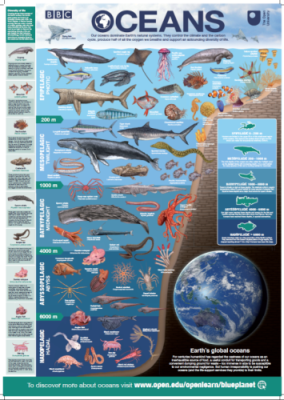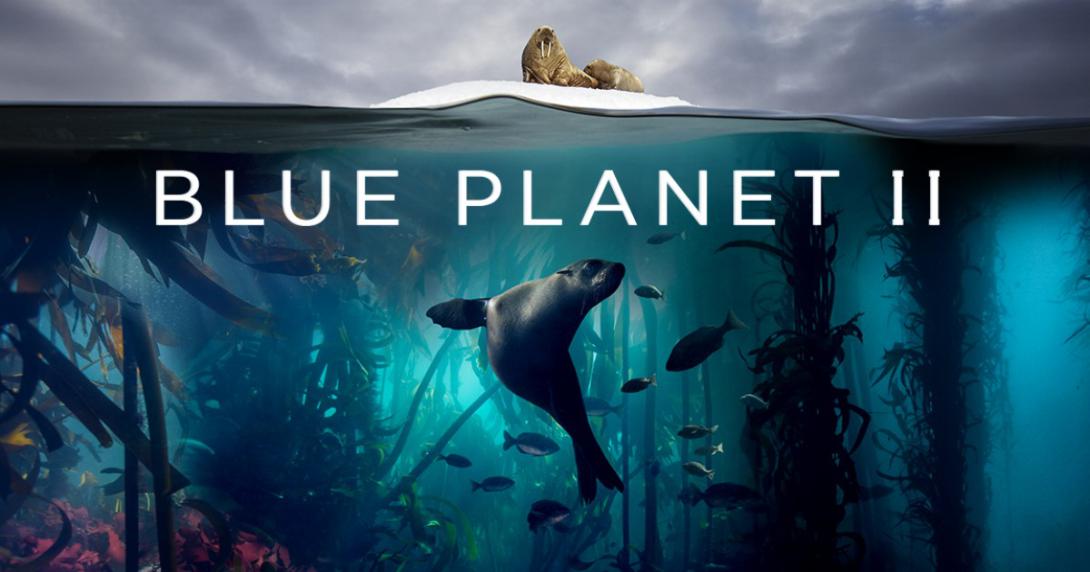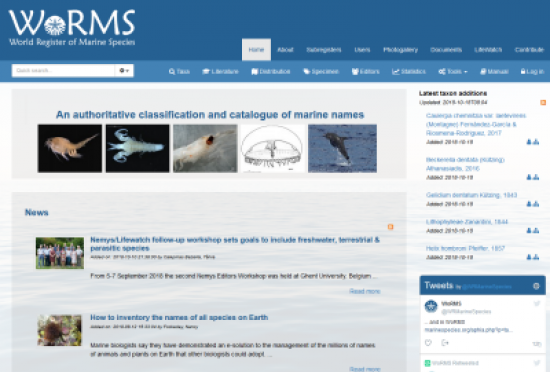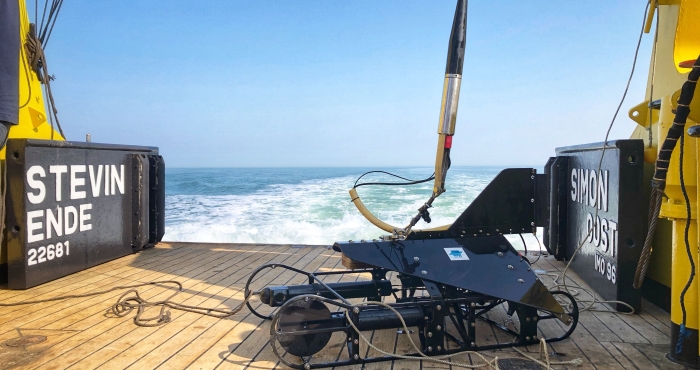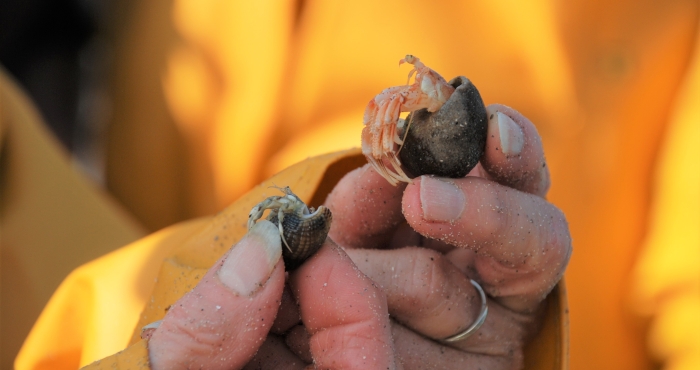
"Covering almost three-quarters of the Earth's surface, the world’s great oceans are home to an incredibly diverse web of life. The World Register of Marine Species (WoRMS) currently lists just under a quarter of a million species, with new ones being identified all the time. But even as we begin to discover the astonishing diversity of life and gain insight into their behaviour and physiology, human activity is becoming an increasing threat to the oceans and the life within them." (Source: The Open University)
